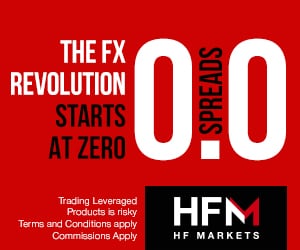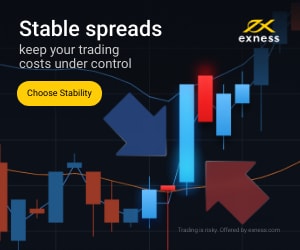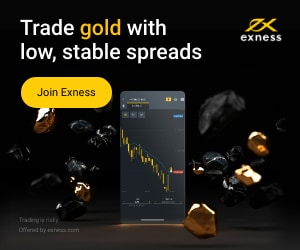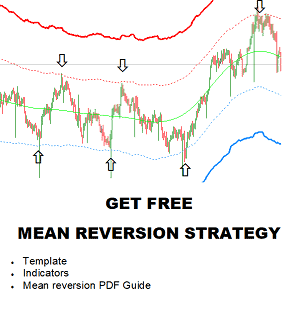Table of Contents
Trading and politics are often discussed but don’t belong in the same equation. As traders, our focus should be on market dynamics, not political debates or biases. Success in trading comes from relying on sound strategies, data, and personal beliefs about the markets, not external political influences. By staying objective and disciplined, we can make better decisions and avoid the emotional pitfalls of mixing trading and politics.
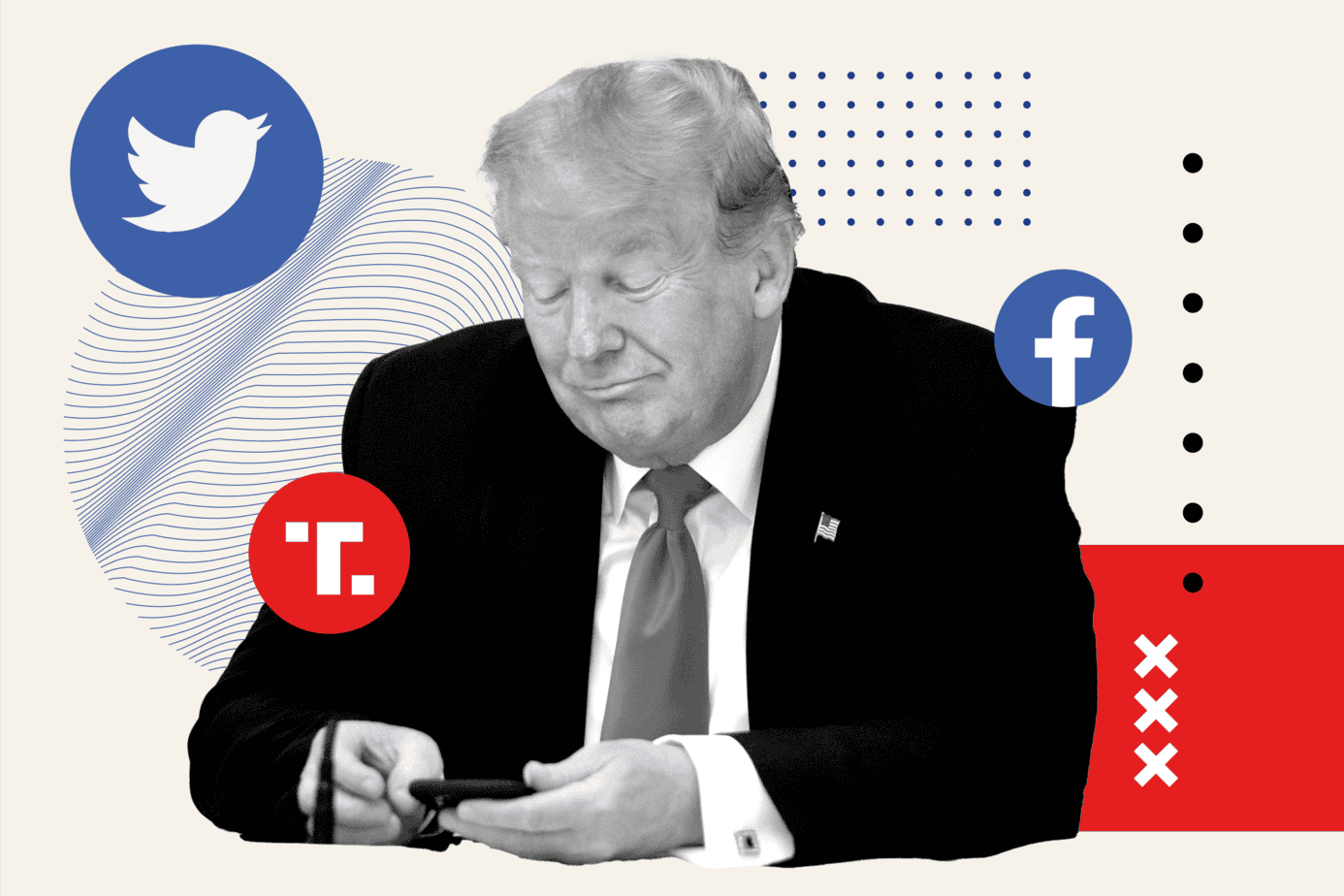
Here are detailed examples of how Donald Trump’s actions and communications have impacted markets and stocks, based on the provided text:
Social Media Impact on Individual Companies
-
- Trump frequently used social media to criticize or praise specific companies.
- Example: Personal attacks on companies could cause sharp, immediate stock price movements. These posts initially created significant volatility but diminished in effect over time as traders recognized the posts were often negotiating tactics without concrete policy follow-through.
Social media has become a powerful tool for influencing public perception, and its impact on individual companies is undeniable. A striking example is how Donald Trump used platforms like Twitter to publicly criticize or praise businesses, leading to immediate and often sharp stock price fluctuations. For instance, his posts about automakers or tech companies could wipe out millions in market value or boost a stock within hours.
However, over time, the market began to adapt. Traders and investors started recognizing these posts as part of broader negotiating strategies rather than indications of actual policy changes. This shift reduced the long-term impact of such tweets on stock prices, showing how market psychology evolves in response to repeated patterns.
This raises important questions: How should companies prepare for the unpredictability of social media-driven volatility? And can traders effectively profit from these short-term swings, or is it better to focus on long-term fundamentals?
Tariff Announcements
-
- Trump often announced potential tariffs via social media, particularly during his first term.
- Initial posts about tariffs, such as a threatened 25% tariff on Mexico and Canada, caused notable market volatility. However, subsequent similar posts had less impact as markets grew skeptical, viewing them as negotiating bluffs rather than actionable policy.
- Trade Idea: If Trump mentioned tariffs on imported vehicles, traders might speculate that domestic automakers like GM, Ford, or Stellantis could benefit, potentially leading to stock price increases for these companies.
During Trump’s presidency, social media became a platform for announcing potential tariffs, often causing significant market reactions. Early posts, such as threats of a 25% tariff on imports from Mexico and Canada, sparked immediate volatility as investors scrambled to reassess the impact on global trade and supply chains. Over time, however, the markets began to adapt. Frequent tariff announcements were increasingly seen as negotiating tactics rather than firm policy, reducing their influence on long-term market trends.
From a trading perspective, these moments created speculative opportunities. For instance, when tariffs on imported vehicles were mentioned, traders might anticipate that domestic automakers like GM, Ford, or Stellantis could gain a competitive edge. This expectation often led to temporary stock price increases for these companies as investors speculated on potential benefits.
Please check my video:
The key takeaway is that understanding the broader context and historical market responses can help traders navigate such announcements, distinguishing genuine opportunities from fleeting market noise. Would you trade on such news or wait for more precise signals before moving?
Government Policy Announcements
-
- Example: A Bloomberg report on November 17 highlighted Trump’s transition team discussing federal regulations for autonomous vehicles, which caused Tesla’s stock to rally.
- Why it mattered: Tesla had previously signaled that national regulations could ease its rollout of a robotaxi fleet, and Elon Musk’s relationship with Trump made the news seem credible to investors.
Government policy announcements can significantly influence market behavior, especially when they align with key industry developments. A prime example occurred on November 17, when a Bloomberg report revealed that Trump’s transition team discussed federal autonomous vehicle regulations. This news led to a rally in Tesla’s stock, reflecting investor optimism about the potential for regulatory support.
The impact was amplified because Tesla had previously highlighted the importance of clear national regulations in advancing its ambitious robotaxi fleet. Investors viewed this as a positive signal, especially given Elon Musk’s visible rapport with Trump, which added credibility to the possibility of favorable policies.
This example demonstrates how perceived government support can drive investor sentiment and stock performance, particularly for innovative industries. For traders, understanding the relationship between policy discussions and a company’s strategic goals can create opportunities to capitalize on market reactions. Would you consider trading based on government announcements, or is it too risky without confirmed policies?
Market Skepticism About Broad Tariff Threats
-
- Broad tariff threats against significant trading partners became less impactful because market participants doubted their implementation.
- Specific and credible announcements from sources like Bloomberg or Reuters citing government officials tended to move markets more than Trump’s social media posts.
As broad tariff threats against significant trading partners became a recurring theme during Trump’s presidency, their impact on markets began to diminish. Early on, such announcements caused sharp volatility as investors feared significant disruptions to global trade. However, markets grew more skeptical over time, often interpreting these threats as negotiation tactics rather than actionable policies.
Credibility played a key role in how markets responded. Generalized social media posts from Trump sparked less reaction than specific, detailed announcements from reputable outlets like Bloomberg or Reuters, particularly when citing government officials. This distinction reflects how traders prioritize reliable, actionable information over ambiguous statements.
For investors, the lesson is clear: while headline-driven trading can present short-term opportunities, understanding the credibility and context of policy-related news is crucial for navigating market reactions effectively. Do you think markets have become too complacent about such threats, or is this skepticism justified?
Energy Production and Bond Markets
-
- Hypothetical example: If Trump announced policies to increase U.S. energy production, markets might react by selling oil due to anticipated downward price pressure.
- Bond markets might respond positively, with investors buying long-dated treasuries (e.g., via the TLT ETF), as inflation expectations decrease due to higher energy supply.
Policy announcements about energy production can create ripple effects across different markets. For example, if Trump announced plans to increase U.S. energy production, it could lead to immediate selling pressure on oil prices. The reasoning is straightforward: higher energy supply often means lower prices, assuming demand remains steady.
This shift in energy prices would also likely influence bond markets. Lower oil prices typically reduce inflation expectations, which could prompt investors to buy long-dated Treasuries, such as those tracked by the TLT ETF. This move reflects a belief that higher energy production could stabilize economic growth without triggering runaway inflation.
Understanding these intermarket relationships is crucial for traders. Energy policy announcements don’t just affect oil prices; they can also signal opportunities in bonds or related ETFs. Would you focus more on the direct energy market reaction or the secondary effects in bonds?
Defense and Drone Industry Impact
-
- Comments or policies promoting the drone industry could increase investment in smaller drone-related stocks.
- Conversely, larger defense contractors like Lockheed Martin might see sell-offs if funding priorities shifted away from traditional military hardware like fighter jets.
Government comments or policies that favor the drone industry can significantly reshape investment dynamics within the defense sector. Support for drone technology, whether through subsidies, contracts, or regulatory easing, often sparks interest in smaller, specialized drone companies. These firms could see a surge in investment as traders and investors anticipate growth opportunities tied to government priorities.
However, such shifts could come at the expense of larger defense contractors like Lockheed Martin or Northrop Grumman, especially if funding priorities move away from traditional military hardware like fighter jets or tanks. Investors might interpret this as a signal that these companies could face reduced revenue streams, prompting stock sell-offs.
This highlights how defense policy changes can create winners and losers within the sector. For traders, the key lies in spotting these trends early and positioning accordingly. Would you lean toward smaller growth opportunities in emerging technologies like drones or stick with established players despite potential headwinds?
Potential TikTok Ban Impact on Competitors
If Trump blocked the sale or operation of TikTok in the U.S., competitors like Snapchat (SNAP) might benefit, potentially raising their stock prices.
A potential TikTok ban in the U.S. would likely send ripples through the social media industry, creating opportunities for competitors to fill the void. Platforms like Snapchat (SNAP) could be among the biggest beneficiaries as users and advertisers seek alternatives to TikTok’s massive audience and unique short-form content format. The prospect of capturing displaced users and ad revenue could boost Snapchat’s stock price.
However, the broader market response would depend on the specifics of the ban. If the action were swift and decisive, investors might quickly pivot to competitors, increasing their valuations. On the other hand, prolonged uncertainty over TikTok’s fate could limit immediate gains for rivals. For traders, keeping an eye on government actions and competitors’ strategies to capitalize on TikTok’s absence could uncover profitable opportunities. Would you bet on a quick shift in market share or wait for more precise signals of advertiser migration?
Proactive Trader Preparation
Professional traders analyze potential Trump-related catalysts, such as energy, defense, or automobile policy changes, and prepare future trading plans. They review charts for affected industries to effectively anticipate and act on strong catalysts.
These examples illustrate how traders can interpret Trump’s direct communication style and policy signals to navigate market reactions and develop informed trading strategies.
















